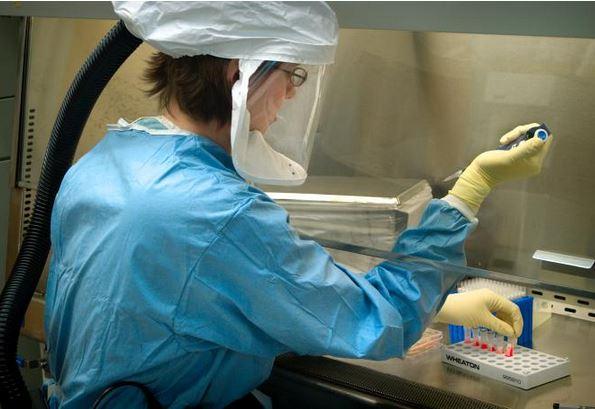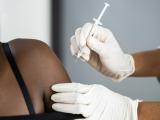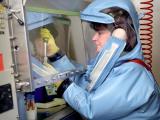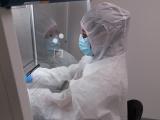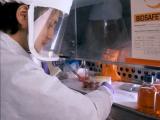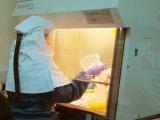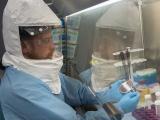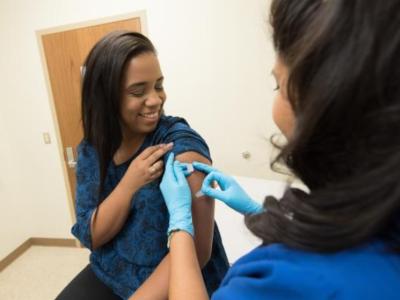A report yesterday from the US Government Accountability Office (GAO) said the Department of Defense (DoD) has fallen short of meeting goals meant to improve the department's biosafety and biosecurity programs, leaving government labs still at risk.
For 3 years, the DoD has been attempting to implement security reforms after reports revealed that an Army lab at the Dugway Proving Ground in Utah accidentally sent 575 live samples of Bacillus anthracis, the bacterium that causes anthrax, to 194 labs over the course of a decade. Initial investigations by the Pentagon found faulty testing and sampling to blame for the oversight.
Since then, several government groups were called to make recommendations to the DoD, and in March of 2016, the DoD established the Biological Select Agents and Toxins (BSAT) Biorisk Program Office to assist in implementing the BSAT Biosafety and Biosecurity Program.
But in the new report, "Biological Select Agents and Toxins: Actions Needed to Improve Management of DOD's Biosafety and Biosecurity Program," the GAO said that while the Army had a clear "concept" in mind for bolstering security at labs, it lacks concrete steps to ensure safety measures are implemented across the department.
"DOD has not completed this required study and evaluation of its BSAT infrastructure which, when complete, will affect the future infrastructure of the BSAT Biosafety and Biosecurity Program. Further, DOD officials have no estimated time frames for when DOD will complete the study and evaluation. Without time frames for completing the study and evaluation, DOD is unable to provide decision makers with key information on its infrastructure requirements," the report stated.
No way to assess effectiveness
To conduct the report, the GAO visited six DoD labs currently handling BSAT and conducted interviews with the laboratory non-supervisory staff.
After the anthrax incident, the Army created a list of 35 actions meant to increase lab security. The report said the DoD has made only 18 of those changes, and lacks any measures to assess the effectiveness of these actions.
"What's at stake here is that these labs deal with very dangerous biological materials, in this case, Bacillus anthracis, that could potentially cause anthrax," said the GAO's Joseph Kirschbaum, lead author of the report, in a GAO podcast. "What's at stake when they shipped potential active or still active bacteria is not understanding the extent to which what's required to deactivate it."
The GAO report concludes with four major recommendations for the Army. The first is to implement the remaining 17 changes initially identified by the department. The second is to develop a strategy and implementation plan for the DoD BSAT Biosafety and Biosecurity Program, including long-term goals, objectives, and the use of metrics to gauge progress.
The third recommendation is to ensure safe transfer of the BioTesting Division from the West Desert Test Center at Dugway to the Edgewood Chemical Biological Center in Maryland.
And finally, the GAO recommends the DoD establish a firm timeframe of feasibility for the recommended actions.
"The assessment of these high-risk bioagents is vital for our own safety and the ability to conduct military options in the future, so it was really important that the Department of Defense continue to take this seriously," said Kirschbaum, a defense capabilities expert. "The good news is that they have and they are."
See also:
Sep 20 GAO report
